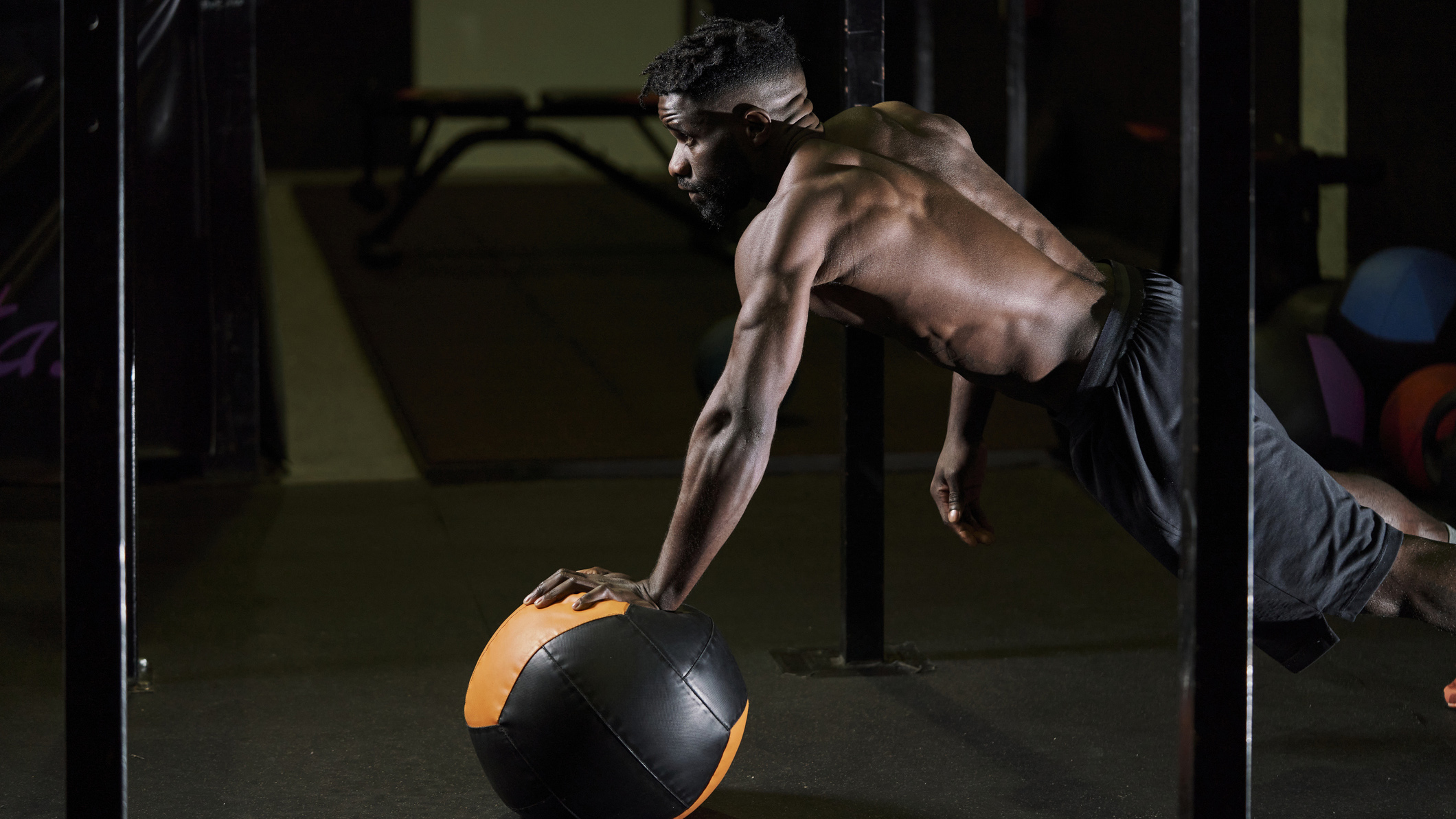

Periodization training isn’t the only way to train efficiently, especially if you’re into strength training and want to build big arms. However, it’s one of the best ways to ensure that you can progress and overcome plateaus over long periods of time.
Much like any other type of training that’s gaining popularity in 2021, periodization training – or periodisation if you prefer the UK spelling of the word – is not a new concept. Coaches have been using it in professional settings for decades, yet only recently has it made headlines in mainstream publications.
The reason for this higher profile? More people exercise and are interested in performance optimisation now than ever before, thanks to the pandemic. According to cancer charity Macmillan Cancer Support, “an estimated 7 million people across the United Kingdom have turned to running or jogging to look after their mental health during the Covid-19 crisis.” Plenty more have become interested in strength training and home workouts of all kinds.
Periodization training can help them – and you – get the most out of your resistance and endurance workouts and maximise workout potential over an extended period of time. Let us help you out now, with this advanced guide, assembled with the help of several experts in the field.
- Quick links
- What is periodization training?
- What are mesocycles, macrocycles and microcycles?
- Periodization training for non-professional athletes
- Periodization and nutrition
What is periodization training?
“Periodisation is a structured process to systematically progress a long-term training programme”, says Rodney Corn, Director of Education at Eleiko, “It takes the guesswork out of general programming.”
Trek Education explains periodization as “the division of a training year (macrocycles) into smaller and more manageable intervals (mesocycles) with the goal of managing and coordinating all aspects of training to bring an athlete to peak performance at the most important competition or managing performance across a long in-season.”

These intervals can be as long as they need to be. For example, suppose you’re an endurance athlete. In that case, you can spend three months improving your base fitness levels by performing low-intensity workouts, then move on to a more intense training period where you increase your VO2 max and stamina. Finally, you might do a few months of resistance training to boost muscle power before you hit competition season.
Sign up to the T3 newsletter for smarter living straight to your inbox
Get all the latest news, reviews, deals and buying guides on gorgeous tech, home and active products from the T3 experts
“Periodisation can be used for any desired outcome”, adds Rodney, “Because all the phases are interdependent and help the body increase its capacity to perform better, it doesn't matter what the goal or desired outcome is.”
For strength training athletes, periodization can mean including different types of exercises – from weights to plyo moves – in your workouts as well as working with varying sets and rep ranges to keep the muscles on their toes, as it were.
As Anthony Turner, MSc, CSCS explains, “Monotonous volume loads and training methods can predispose an athlete to accommodation and stagnation”, a.k.a. the dreaded progression plateaus. Periodization can help you push through these plateaus efficiently.
“Periodised programme should progress in sets, reps, intensity, and rest”, Rodney says, “Endurance phases of training will have high reps (12-20), low sets (1-3), lower intensity (40-70% of max) with short rest between sets (~1 min between sets). Hypertrophy has lower reps (6-12), higher sets (3-5), higher intensity (70-85% of max) and similar rest between sets (1-2 min).”
“Strength has lower reps (1-5), higher sets (3-6), higher intensity (85-100% of max) and higher rest between sets (2-5 min). Power can be both lower or higher reps depending on the type of pf power desired (1-10), higher sets (3-5), both lower or higher intensity depending on the type of power desired (Bodyweight-85% of max) and higher rest between sets (2-5 min)”, he concludes.
- Need some workout gear?
- Best dumbbells
- Best adjustable dumbbells
- Best kettlebells
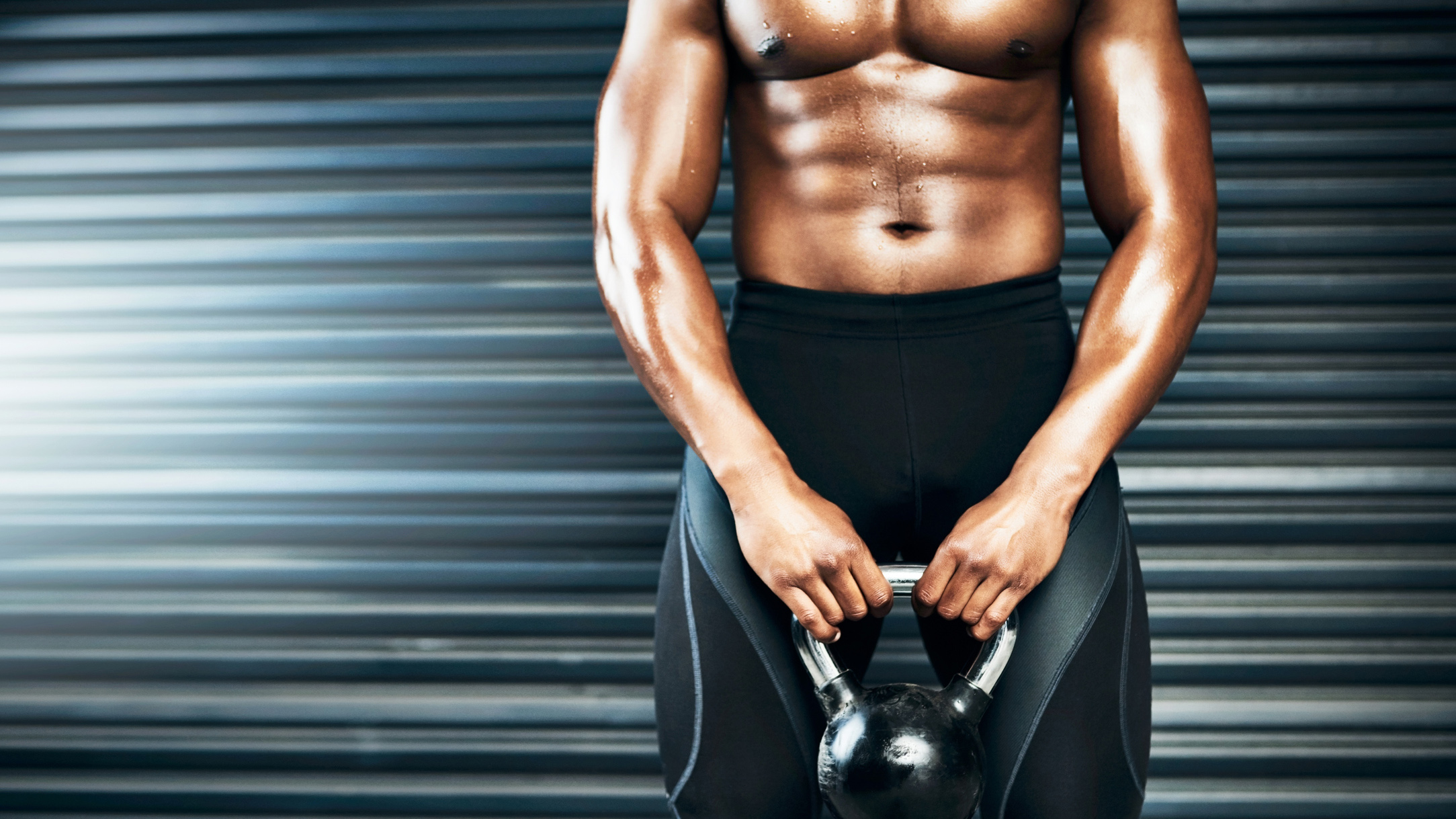
What are mesocycles, macrocycles and microcycles?
How should you go about assembling a periodization training plan? The best way is to break down the master plan into three sections: macrocycles, mesocycles and microcycles, where macrocycle typically refers to a year, a mesocycle to a month, and a microcycle to a week.
A macrocycle is the longest period in periodization training. In sports, a macrocycle starts at the end of the off-season period and finishes at the end of the season. Macrocycles are more of a framework, and their primary function is to provide a timeframe for the periodization training plan.
Things get more interesting when macrocycles are broken down into mesocycles. These are the intervals where you change workout methods and work on different performance metrics. Mesocycles typically last for anything between 1-3 months, and for that period, you follow an overarching pattern that doesn’t change until the end of the mesocycle.
Microcycles are the shortest intervals in periodization training. Microcycles can last for 1-4 weeks and include loading and recovery periods. During the loading phase, you work on improving a specific aspect of your performance – e.g. muscle strength or VO2 max – then spend some time to recover before moving on to the next mesocycle.
Here is an example of a periodized strength training programme, courtesy of Eleiko:
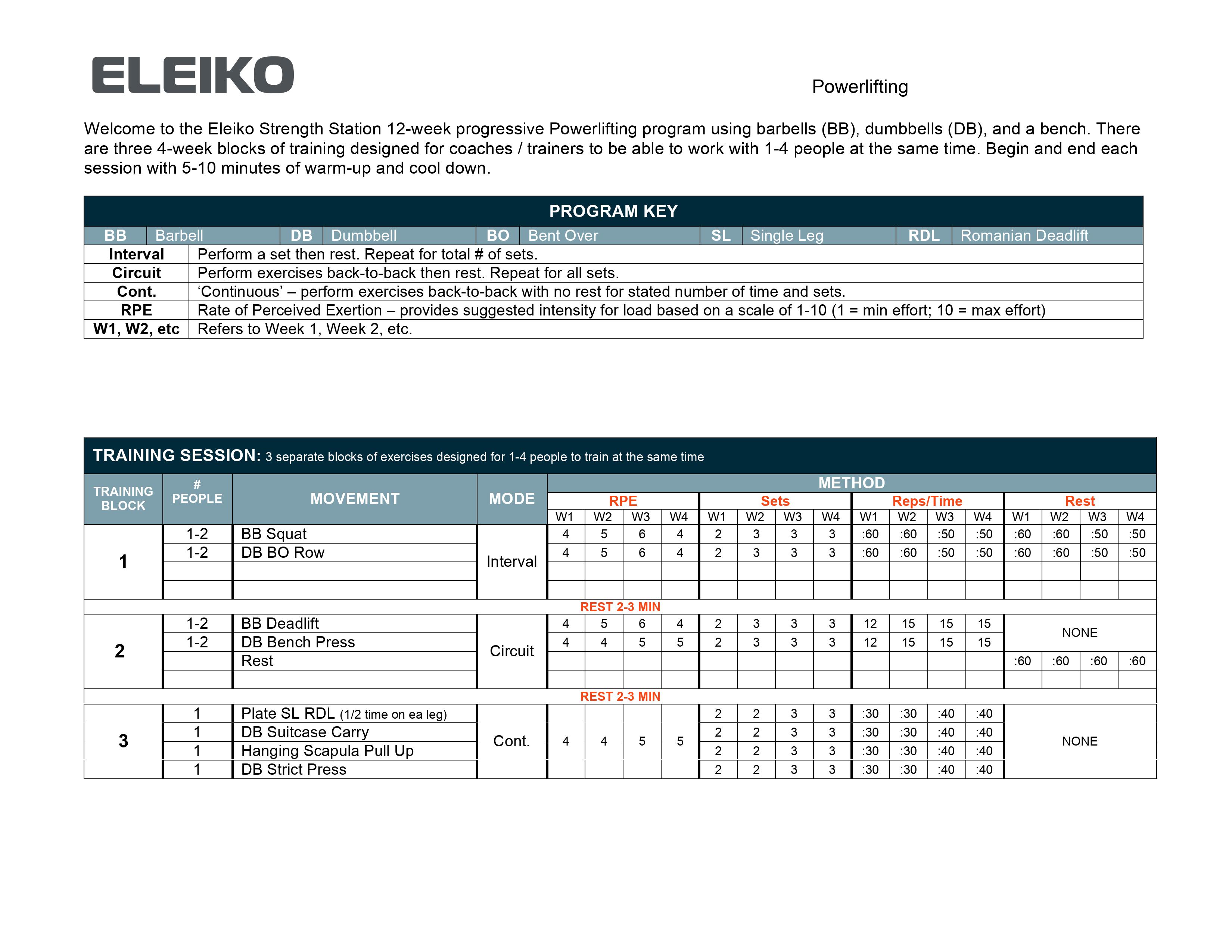
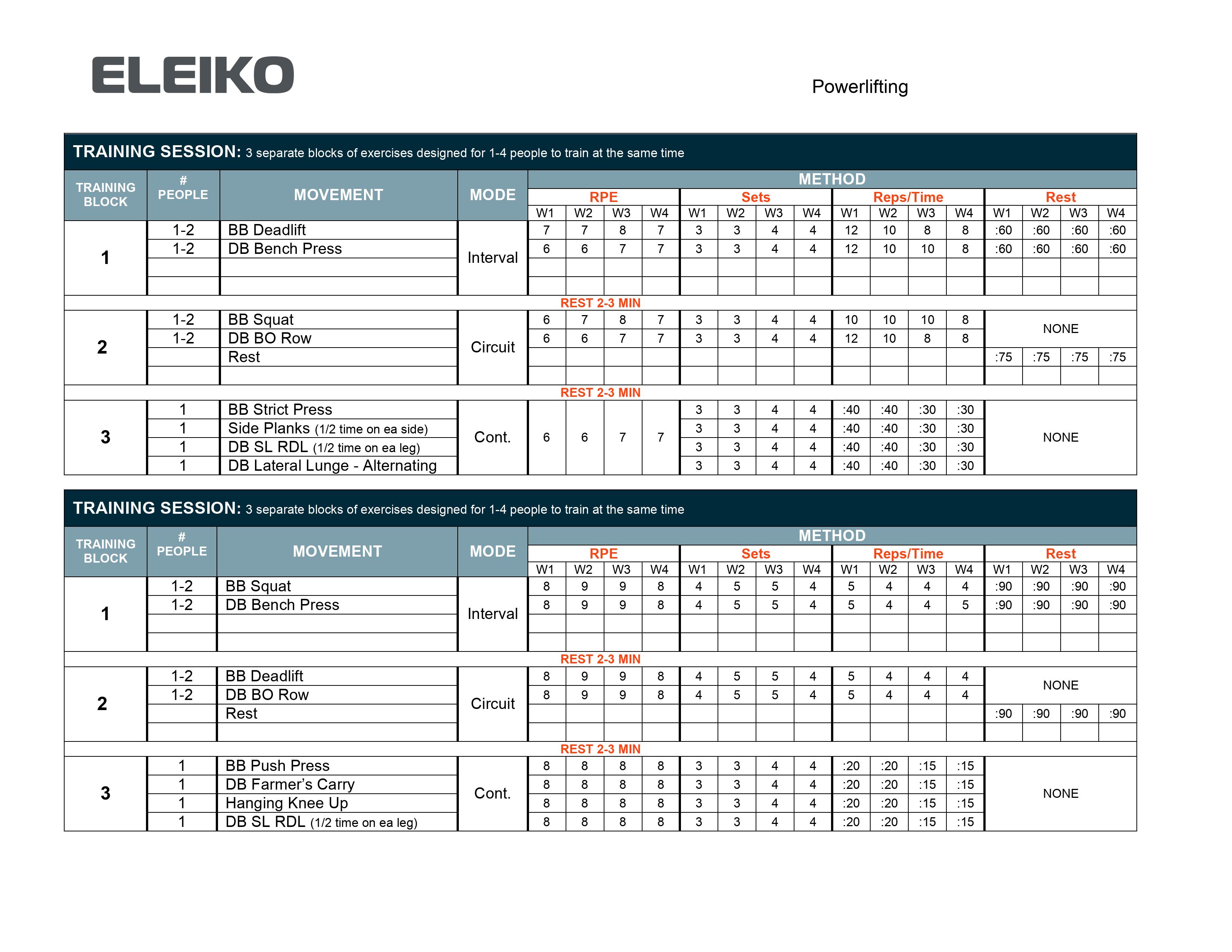
Periodization training for non-professional athletes
Does periodization make sense outside a professional sports setting? It certainly does.
Although periodization makes more sense when you have a competition or sports season to get ready for, the approach can also be applied to improve the overall performance of recreational athletes.
Using periodization, you can turn an otherwise stale workout routine into something more palatable. Playing around with intensity and load, including more dedicated recovery sessions – and generally not doing the same workout over and over again – can help any athlete improve their performance over time.
Not sure where to start? Modern running watches and even fitness trackers have features that enable runners, cyclists and triathletes to follow a periodization training pattern. A good example is the Garmin Coach adaptive trainer that tailors workouts to the individual’s performance.
However, an actual coach will always be able to advise you more efficiently, no matter how sophisticated algorithms are nowadays, especially if you want to use periodization for anything else but endurance training.
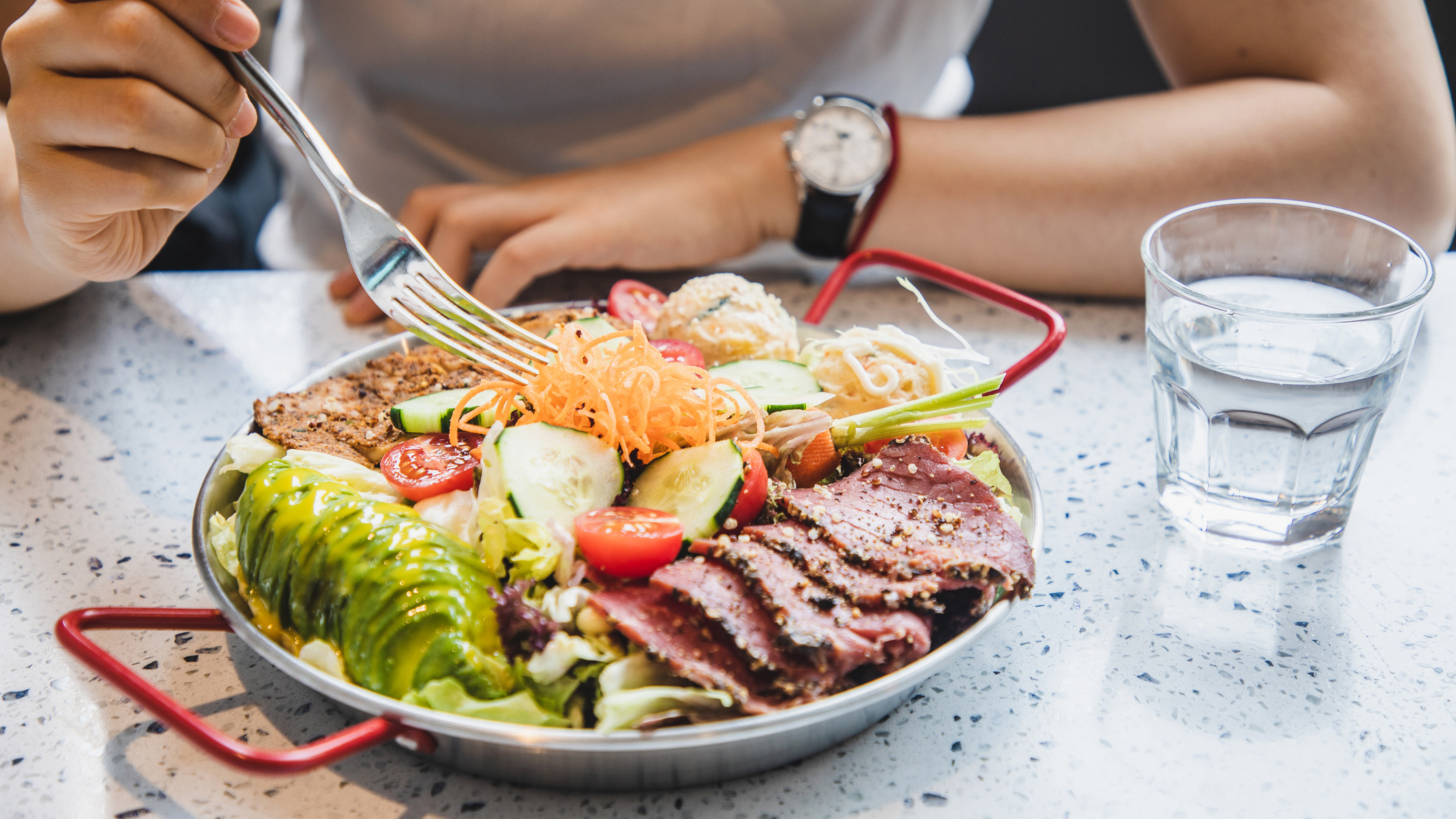
Periodization and nutrition: what's the best way to support periodization through proper nutrition?
“If your nutrition game is on point, you’re able to turn up every day and do what you need to do”, says nutritional therapist Matt Gardner, “Whereas if you do a hard training program, three-five days a week, you’re going to be craving carbohydrates and won’t sleep well either – ultimately, you’ll get injured and your progress plateaus.”
Matt compares your maximum workout potential to a Ferrari. On an average day, you keep it in the garage with the covers on – this is your low-intensity training session – so when the time comes, it’ll be ready to perform. In crucial training sessions, when you really want to train a specific body part to failure, you fill your system up with carbohydrates, and off you go.
However, after an all-out session such as these, you must allow your system to readjust. “Go for a jog, stretch, sit on an exercise bike, wherever. On these days, you will be under-fuelled, but that's okay because you’re not training hard”, Matt adds.
“In a typical periodisation scheme, you will have phases of heavier volume/intensity, followed by phases of lighter volume and intensity”, Rodney explains, “In the same way, your nutrition should match these phases. When training is harder (hypertrophy, strength, and power phases), you should consume on average 10-20% more calories a day, especially pre-and post-training sessions.”
Rodney advises covering calories mainly from quality carbohydrates, assuming your protein is adequate – you should aim for 0.7-1g of protein per lb of bodyweight.
“Fat consumption is also important. The inflammation-reducing properties and protective benefits of quality fats are essential, and therefore, fat should rarely drop below 20% of overall calories when chasing performance through periodisation”, he says.
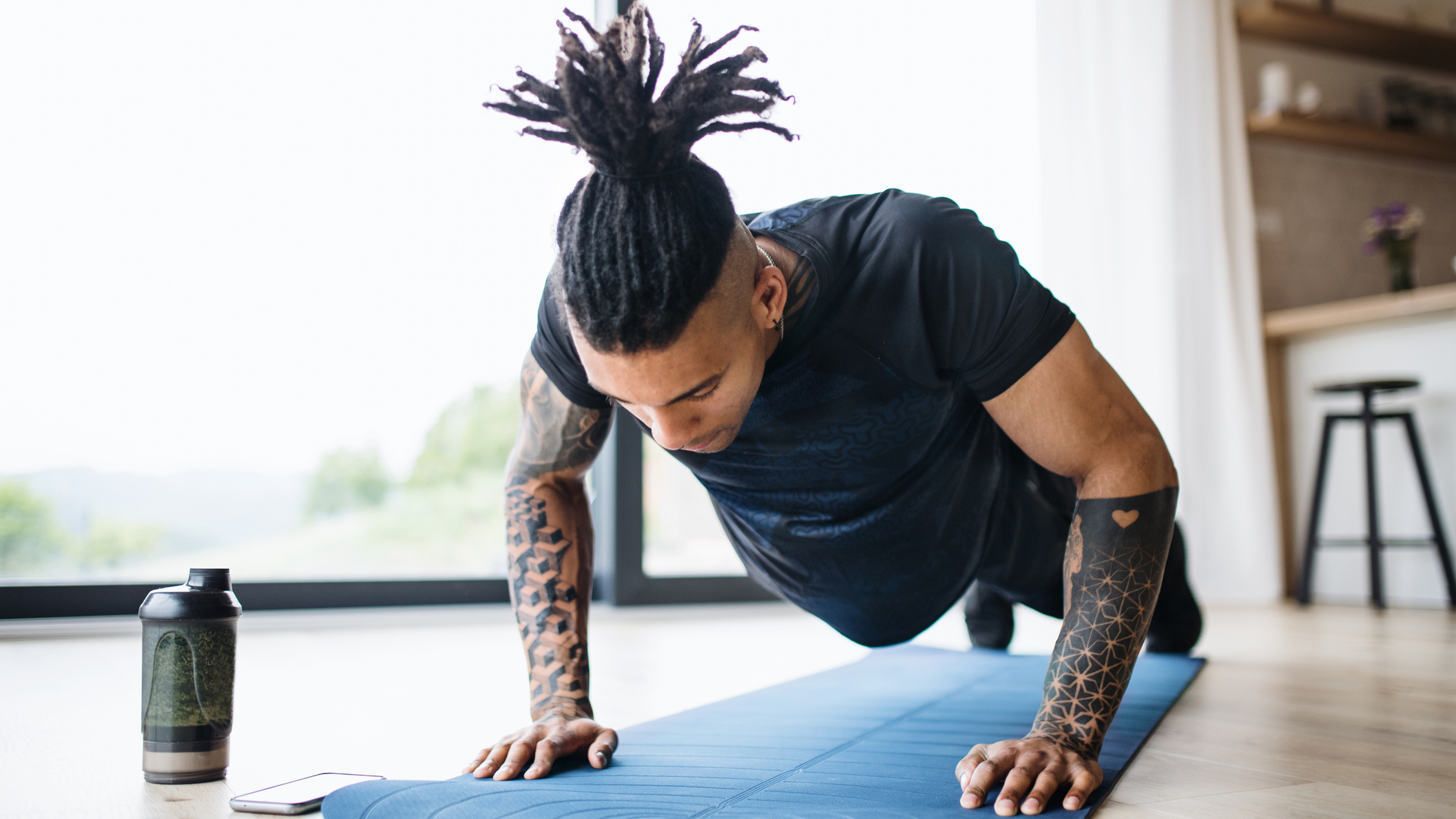
Periodization training: the ultimate way to get stronger?
Periodization can enable you to make constant progress in your training. Admittedly, results in any sports discipline don’t happen overnight, so keeping long-term progression in mind from the get-go is probably the best way to plan your training.
However, this might be one of the pitfalls of this type of training: not many people have the mind space to plan months and years ahead when they just started working out. Following a coach’s advice would help, although it’s unlikely many people will hire a coach for their first day in the gym.
Even if they do, a year-long periodization training plan doesn't take into consideration the daily adjustments that may need to occur depending on your actual mental and physical state. If you’re not experienced enough, trying to push your body too hard might get you injured. I recommend you get a coach to help you out initially, with the goal of then doing it on your own in your second macrocycle.
All that said, periodizing your training, including workout and nutrition plans, really is one of the best ways to get stronger and fitter, and ultimately unlock the gate to Big Arms Heaven.
Still not convinced periodization is right for you? Try push-pull-leg workouts instead. They are a time-efficient way to build muscle when you’re pressed on time, not to mention HIIT workouts, the most time-saving type of workout of them all. You could also just opt for full-body workouts and brute-force your way to a more muscular physique.

Matt Kollat is a journalist and content creator who works for T3.com and its magazine counterpart as an Active Editor. His areas of expertise include wearables, drones, fitness equipment, nutrition and outdoor gear. He joined T3 in 2019. His byline appears in several publications, including Techradar and Fit&Well, and more. Matt also collaborated with other content creators (e.g. Garage Gym Reviews) and judged many awards, such as the European Specialist Sports Nutrition Alliance's ESSNawards. When he isn't working out, running or cycling, you'll find him roaming the countryside and trying out new podcasting and content creation equipment.
-
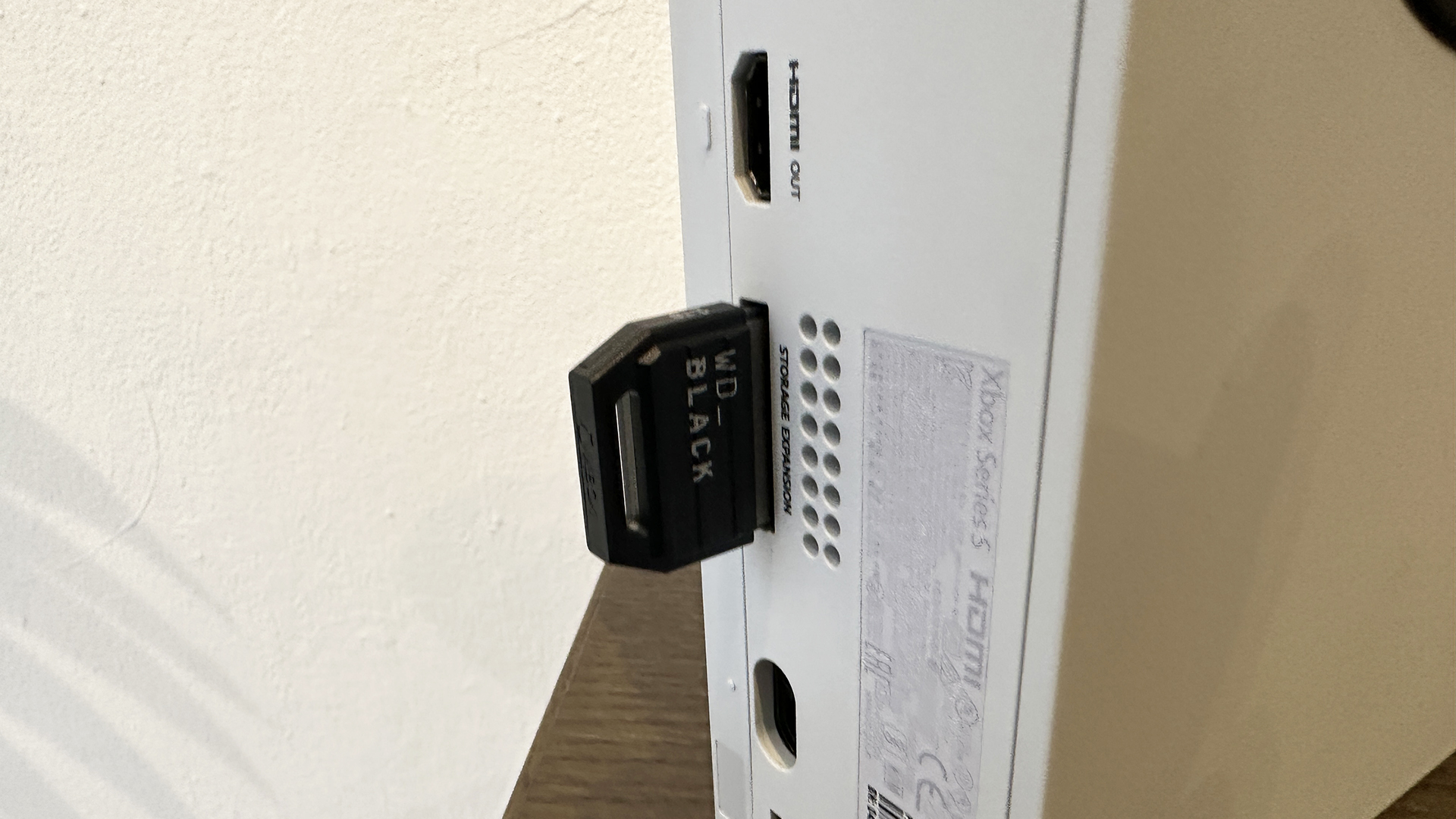 Xbox Series X/S storage space problems solved by a sneaky Xbox Game Pass update
Xbox Series X/S storage space problems solved by a sneaky Xbox Game Pass updateYou may never have to buy external storage again
By Rik Henderson
-
 Skullcandy’s ANC earbuds are Bose in disguise with a very low price
Skullcandy’s ANC earbuds are Bose in disguise with a very low priceWith Bose sound and Skullcandy prices, these could be the budget buds to beat
By Carrie Marshall